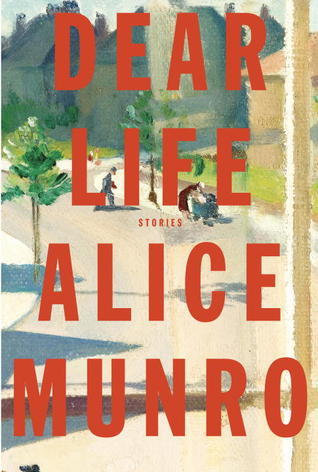Sadowsky has written a wrenching memoir of her son's mental illness, which was eventually diagnosed as paranoid schizophrenia. The film A Beautiful Mind, based on a true story, characterises the most common course of the disease: onset in young adulthood, auditory hallucinations, paranoid delusions, and social disfunction. It is not multiple personality disorder, now commonly know as dissociative identity disorder, but rather a disruption of cognitive processes. It is far more common than I thought; Sadowsky quotes a doctor saying “‘One in every hundred people in the world suffers from this illness at some time or other. More than a quarter of all hospital beds in the world are filled with patients who suffer from schizophrenia.'”
As a parent, my heart ached seeing the disease gradually take hold in their beautiful son in spite of the family's best efforts. Initially they were stymied by a lack of information, as Sadowsky and her husband battered themselves against the medical profession trying to get a diagnosis.
Still, the book is not as dark as I expected. There are many moments of joy and humor and family togetherness. There's a lot of love in this family. But Sadowsky's fear and worry for her son come through, as well as at times fear of him, what he might do in the grip of a delusion. I appreciate her honesty and openness. This is no saccharine after-school special. We are not spared her frustration at his limitations and failed attempts at independence or her weariness at having to go through it all again when he relapses or stops taking his medicine. Most difficult is her concern about her two daughters; not only were their parents distracted by their brother's needs, they could not bring friends home to a house made chaotic and were themselves sometimes targets of their brother's violence.
Most frustrating is the lack of support for the family. They were not given a diagnosis for years because the doctor was hesitant to diagnose someone so young as schizophrenic. Instead, the parents were openly blamed for causing their son's problems, either through neglect or malicious intent. Once he was diagnosed, the mental health professionals continued to blame the parents—in the face of overwhelming proof that parents cannot cause schizophrenia—and refused to offer any advice on how to deal with their depressed and sometimes violent son.
Through all the fear and anger and frustration, what is most apparent is the love, not just for this difficult and damaged boy, but between all members of the family. Sadowsky reminds us of the smart and generous child, the avid surfer that David had been. Her husband does not leave a difficult situation, as many do. The daughters complain, but in a supportive way.
Sadowsky did not begin to get answers or assistance until she discovered a support group. It was in Israel where she lives and conducted in Hebrew. She went on to found one for English speakers and continues to speak to parents and health professionals about her family's experience and what can be done to improve support for those suffering from schizophrenia and their families. She also works to erase the stigma associated with mental illness that hampered her family every step of the way.
The author sent me a copy of the book to review, knowing from this website that I share her goal of confronting social stigmas. I approached the book with caution. I knew there would be tears, and there were, but found comfort in the love binding this family together. I read the book all in one go, unable to pull myself away. I'm grateful to Sadowsky for giving us this authentic account and encourage everyone to read it and re-examine your ideas of mental illness. Check out her website for more resources for caregivers: http://www.jillsmentalhealthresources.wordpress.com
